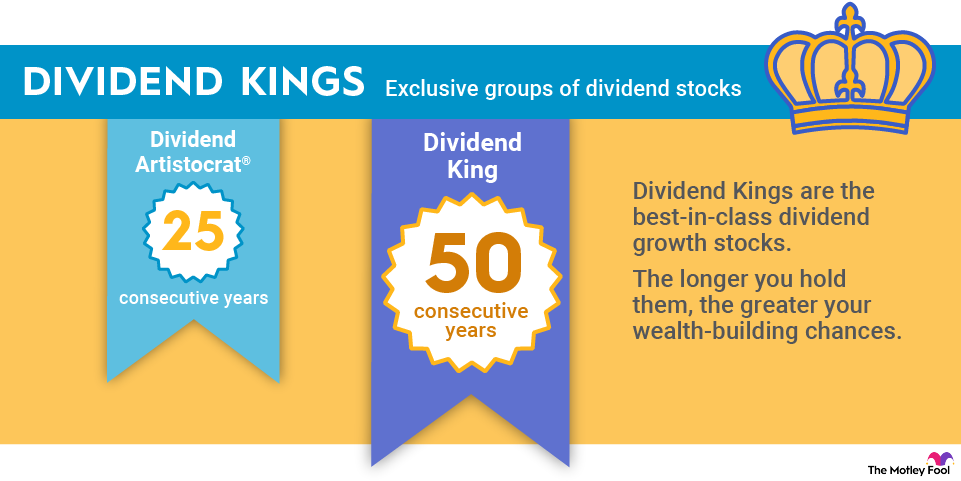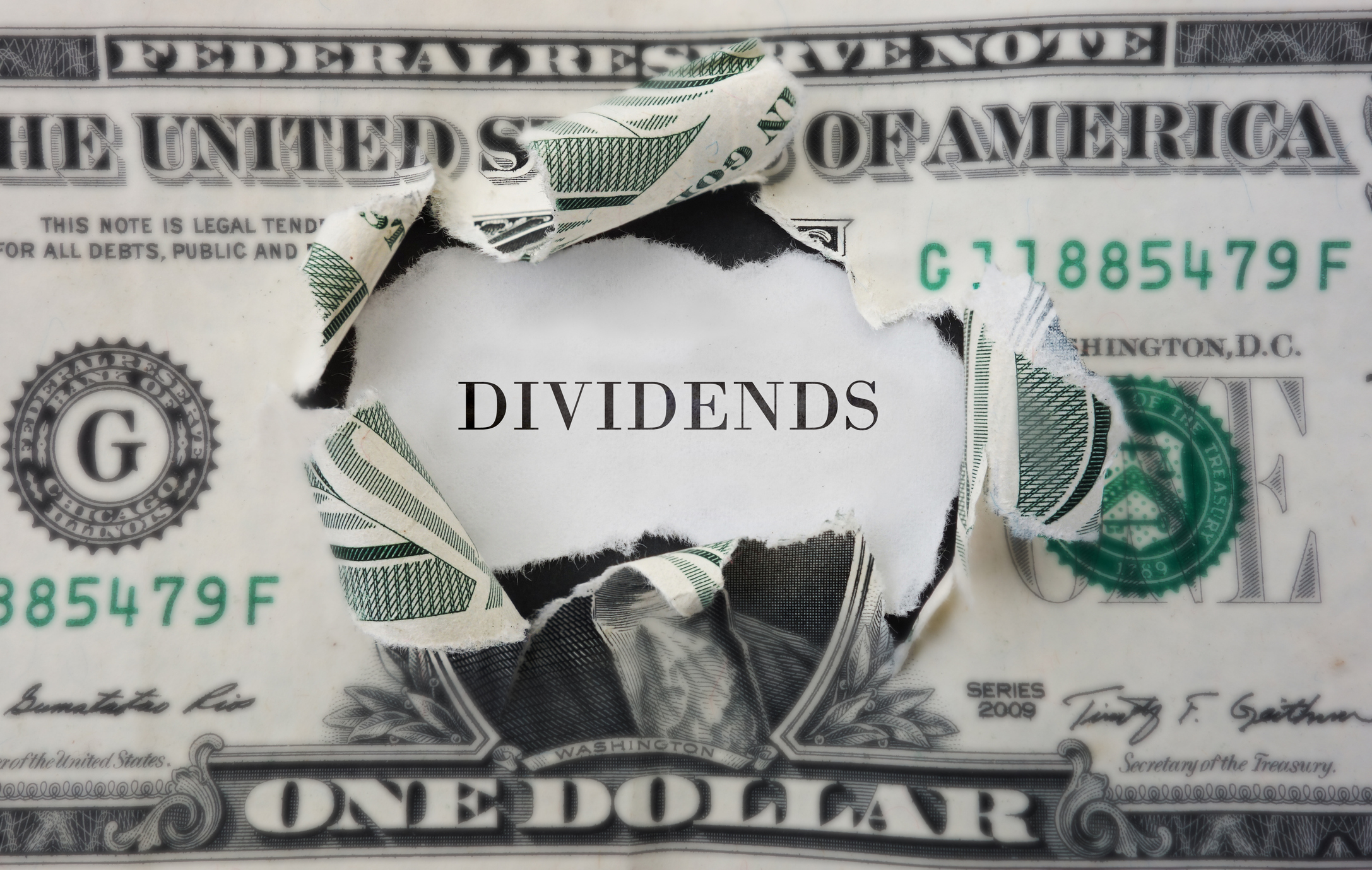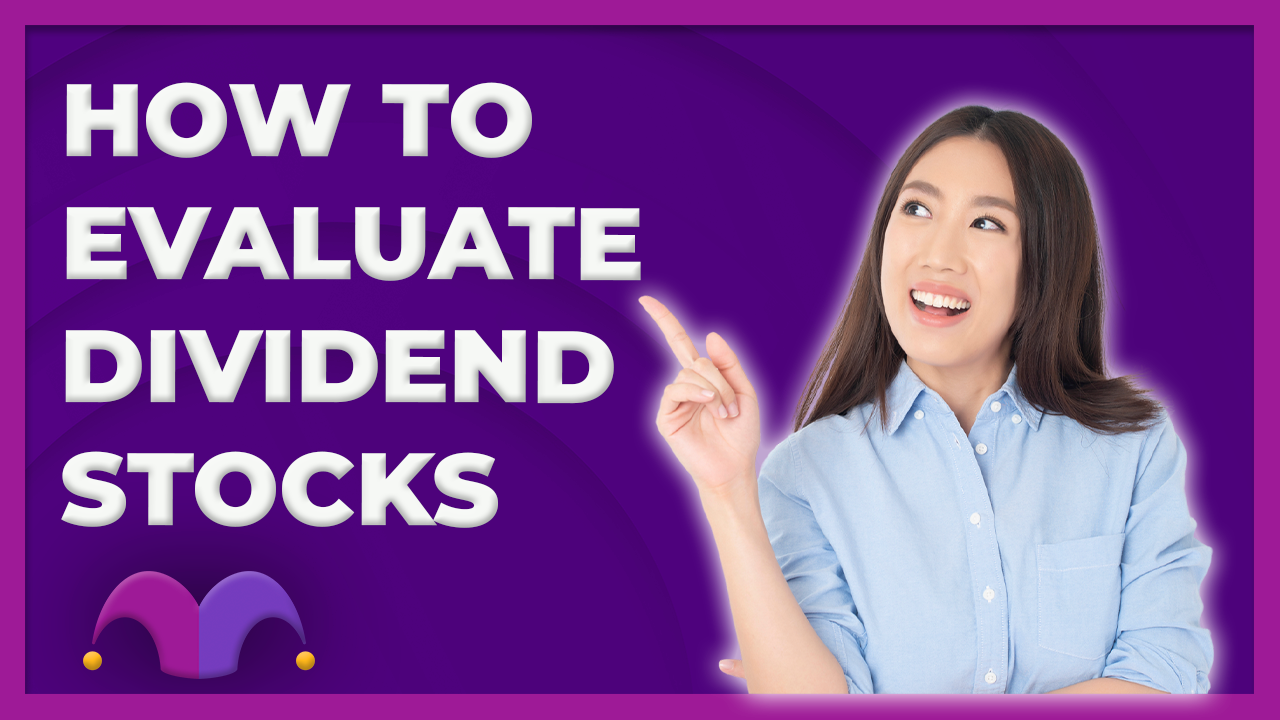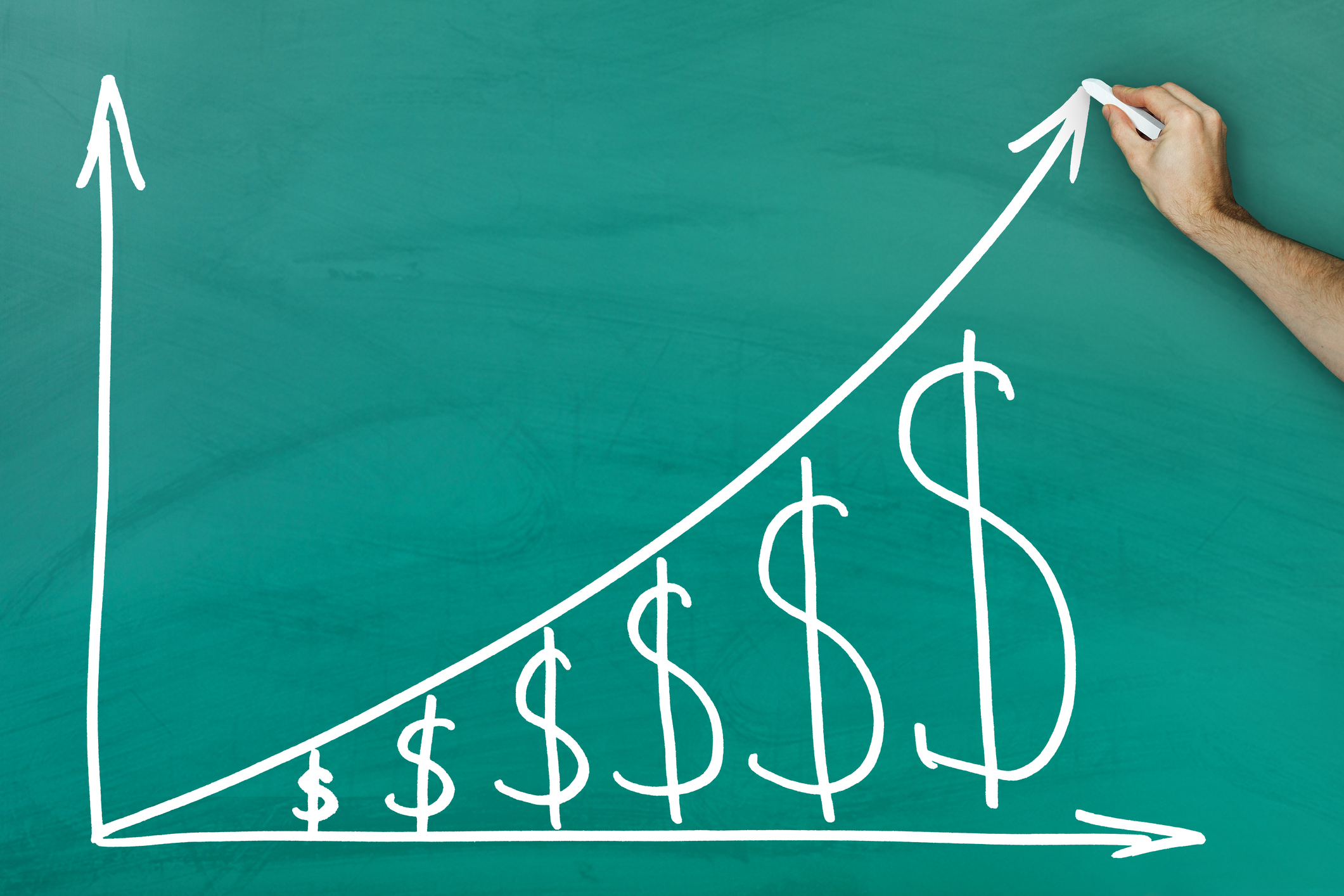Monthly dividend stocks are companies that pay dividends to shareholder monthly, instead of the far-more-typical quarterly or -- albeit rarely -- once or twice per year. This can be particularly useful for people who are using those dividends as income to pay living expenses.
With monthly dividend payments in mind, here's a closer look at the top monthly high-yield dividend stocks for 2026. The combination makes these stocks great for earning passive income.

Top monthly dividend stocks for 2026
Dozens of dividend stocks pay monthly dividends in 2026. However, not all of them are worth an investor's consideration. Some don't make the cut due to a below-average dividend yield or slow dividend growth. Others are at a higher risk of reducing their dividends if market conditions deteriorate. That narrows the options considerably.
Here's a list of the best monthly dividend stocks to consider in 2026.
Let's take a closer look at each of these top monthly dividend stocks. Each offers a much higher dividend yield than the average stock in the S&P 500 (1.17% as of Nov. 13, 2025).
1. Realty Income

NYSE: O
Key Data Points
When it comes to monthly dividend stocks, Realty Income (O +1.82%) is the clear leader. It bills itself as The Monthly Dividend Company, having paid 665 consecutive monthly dividends as of November 2025. Since its 1994 initial public offering (IPO), Realty Income has increased its dividend 132 times while raising the payout at a 4.2% compound annual rate, giving this REIT (real estate investment trust) more than 30 years of dividend increases.
Realty Income has lots of room to grow despite most of its tenants being relatively slower-growth businesses. The company estimates the global market opportunity for the single-tenant net lease real estate it targets to be $13.9 trillion. That's a big opportunity to continue consolidating its tenants' properties under its ownership, growing the payout, and generally rewarding patient investors monthly, year in and year out.
2. EPR Properties

NYSE: EPR
Key Data Points
EPR Properties (EPR +1.56%) is a REIT that specializes in owning experiential real estate such as movie theaters, eat-and-play venues, casinos, ski resorts, gaming facilities, themed lodging, amusement and water parks, fitness centers, and more. It secures these properties by signing triple net leases with the venue operators, meaning the tenants bear the responsibility for building insurance, maintenance, and real estate taxes.
After a brutal period during the COVID-19 pandemic, EPR is back to growth as consumers have returned to in-person experiences in droves. EPR works with some of the largest and most popular operators in each of these segments, which combined make up $100 billion in market opportunity.
Even its movie theater business, which still hasn't -- and may never -- fully recover to pre-pandemic levels, has stabilized. EPR owns 3% of all North American theaters, but those locations generate 8% of the box office. Despite that relative strength, EPR is reducing its exposure to this segment, divesting theaters as it prioritizes markets where there is growth.
As a result, EPR has returned to increasing its dividend. After cutting it by a third during the pandemic, it has since raised the payout three times, and it's up 18% since 2022.
3. Agree Realty

NYSE: ADC
Key Data Points
Agree Realty (ADC +1.26%) is another net-lease REIT, but it owns free-standing retail properties. It focuses on owning properties leased to essential retailers, such as grocery stores, home improvement stores, dollar stores, and drug stores that are less susceptible to disruption from e-commerce or a recession. This strategy enables Agree Realty to generate steady rental income to support its dividend.
A quick look at its dividend history can be misleading -- the shift from a quarterly to a monthly dividend in 2021 can make it look like it cut its payout that year. But on an annualized basis, it has raised its payout every year since coming through the 2008-09 financial crisis. This REIT has increased its dividend at a 5.3% compound annual rate over the past decade, and two increases in 2025 have bumped the payout 3.6% higher.
That upward trend should continue as the company keeps expanding its portfolio. The retail REIT expects to invest as much as $1.65 billion in real estate in 2025. Between that steady portfolio growth and strong tenant relationships (it has more than nine years in weighted average lease terms under contract), Agree Realty should remain a modest, reliable monthly dividend grower for years to come.
4. LTC Properties
5. Gladstone Commercial Corporation

NYSE: SLG
Key Data Points

NYSE: STAG
Key Data Points
Pros and cons of investing in monthly dividend stocks
Some reasons why investors might choose monthly dividend stocks:
- Monthly dividend checks may be preferable if you're using dividends for income now.
- Monthly payers are often extremely dependable dividend stocks.
- Monthly dividend stocks are often REITs, which often also pay higher yields.
Monthly dividend stocks aren't perfect. Here are some potential cons:
- Monthly dividend payers are usually REITs, which usually means higher taxes paid on your dividends versus qualified dividends from regular corporations.
- Monthly dividend stocks, like all companies, don't always grow or even maintain their dividends; there are some examples described in this article of monthly dividend stocks that have had to lower their dividends in the past.
How to invest in monthly dividend stocks
- Open your brokerage account: Log in to your brokerage account where you handle your investments.
- Search for the stock: Enter the ticker or company name into the search bar to bring up the stock's trading page.
- Decide how many shares to buy: Consider your investment goals and how much of your portfolio you want to allocate to this stock.
- Select order type: Choose between a market order to buy at the current price or a limit order to specify the maximum price you're willing to pay.
- Submit your order: Confirm the details and submit your buy order.
- Review your purchase: Check your portfolio to ensure your order was filled as expected and adjust your investment strategy accordingly.
Related investing topics
Invest in monthly dividend stocks for recurring income
Monthly dividend stocks make it easy for investors to earn passive income. They can use that money to cover their monthly expenses or reinvest their dividends and set themselves up to generate even more recurring cash flow in the future when they need it.
While dozens of companies pay monthly dividends, these monthly dividend stocks stand out as either safer, more stable dividend stocks or, in a few cases, riskier -- but potentially more rewarding -- investments in their potential to turn things around.
FAQ
About the Author
Jason Hall has positions in EPR Properties and Realty Income. The Motley Fool has positions in and recommends EPR Properties and Realty Income. The Motley Fool recommends Stag Industrial. The Motley Fool has a disclosure policy.








